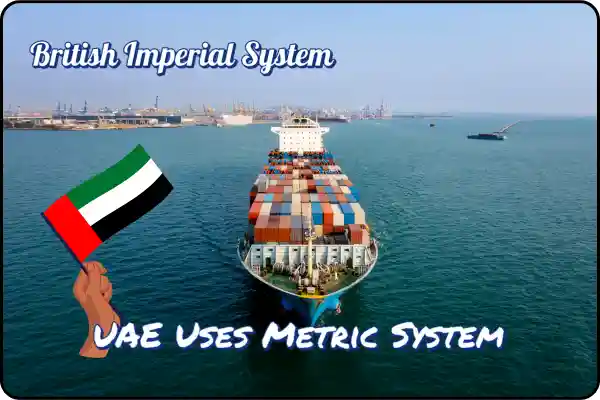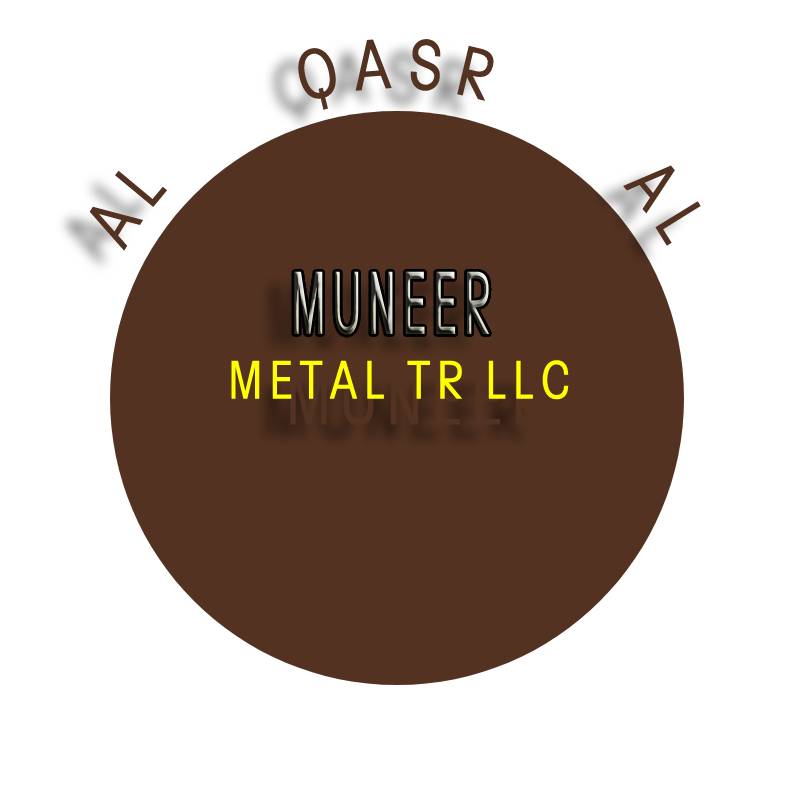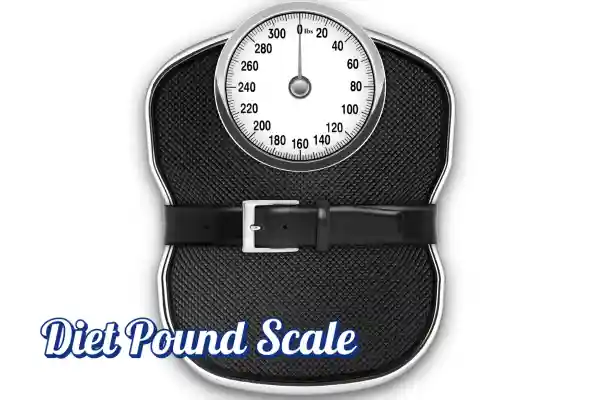Imperial units system
In today’s world of globalization and standardization, multiple systems of quantification, or size determination exist, but two major measurement systems dominate: the Imperial units system and the Metric units system. While the Mt system is used almost universally, the British Imperial—with its unique units like Lbs, miles, and gallons—still exists in certain parts of the world.
This article explores the Imperial units system, its origin, history, common usage in the UK, and whether or not it is practiced in countries like the United Arab Emirates. We’ll also explain important Imperial terms such as the “long ton”, and how these units compare to kilograms in the Metric system.
What are imperial units of measure?
Imperial units system is a system of weights and measures that originated in the United Kingdom and was standardized in the 19th century. It includes the following units in imperial system such as:
- Length: inches, feet, yards, miles
- Weight: ounces, pounds, stones, hundredweight, Imperial tons
- Volume: fluid ounces, pints, quarts, gallons
While the metric system uses base-10 conversions (e.g., 1,000 grams = 1 kilogram), the Imperial units system uses a more complex set of relationships. For instance:
- 12 inches = 1 foot
- 3 feet = 1 yard
- 1 mile = 1,760 yards
- 16 ounces = 1 pound
- 14 pounds = 1 stone
- 2,240 pounds = 1 Imperial tonne
Historical Origins and Standardization
The roots of the Imperial units system stretch back to medieval England. Before standardization, various towns and regions in the UK used localized measurement systems based on the human body—such as the foot (foot length) or inch (thumb width). This lack of consistency created confusion, especially in trade and construction.
To resolve this, the British Parliament passed the Weights and Measures Act in 1824, creating the Imperial units system as an official and unified set of measurements across the British Empire. A second revision came in 1878 to further clarify definitions.
Usage in the United Kingdom Today
Despite the UK’s formal adoption of the Metric system for most official and scientific purposes (especially after joining the European Economic Community in 1973), Imperial units are still used in everyday life. Examples include:
- Personal height and weight (feet, inches, stones, and pounds)
- Road distances and speed limits (miles and miles per hour)
- Beer and milk sales (pints)
- Land and property dimensions (feet and square feet)
Culturally, the British public still favors the Imperial units system in many everyday contexts, although schools and industries use the Metric system for its easeness and simplicity.
What is Ton Imperial?
The tonne imperial is known as “long ton.” and is heavier thant metric system ton
- 1 Tonne imperial = 2,240 pounds
- Imperial tonne in Kg equals to 1,016.05
It is called “long” to distinguish it from the short ton used in the United States, which is 2,000 pounds or approximately 907.18 kilograms. In comparison, the metric tonne, used in most of the world including the UAE, is 1,000 kilograms.
The imperial tonnes were commonly used in British shipping, mining, and steel industries. Though its use has declined with metrication, it still appears in certain legal and historical contexts.
Is the Imperial Units System Used in the UAE?
No, the Imperial units system is not used in the United Arab Emirates . The UAE officially uses the metric system for all measurements, including distance (kilometers), weight (kilograms), and temperature (Celsius). However, you may occasionally find imperial units used informally, especially in industries influenced by international standards, like aviation or construction.

Do People in the UAE Encounter Imperial Units?
Although the Imperial Units system is not officially used in the UAE, people may encounter Imperial units informally, especially in:
- Imported goods from the UK or the USA (e.g., product labels in pounds or fluid ounces)
- Online shopping platforms that list sizes in inches or feet
- British expatriates, who may still refer to body weight in stones or distances in miles
- International aviation, which often uses feet for altitude and nautical miles for distance
For such cases, conversion knowledge becomes important.
Comparison of SI Imperial
Here are key Imperial units of weight and their SI equivalents in Kg:
| Imperial Measuring Units | Equivalent in Kilograms SI |
|---|---|
| 1 ounce (oz) | 0.02835 kg |
| 1 pound (lb) | 0.45359 kg |
| 1 stone | 6.35029 kg |
| 1 hundredweight | 50.802 kg |
| 1 long ton | 1,016.05 kg |
Understanding these conversions is essential for accurate communication in trade, logistics, health, and international business.
Why Understanding the System Imperial Still Matters in the UAE
Even though the UAE has adopted the metric system, understanding the Imperial system is important for:
- International business and logistics involving UK or US partners
- Understanding imported product labels (especially food, garments, and technical items)
- Navigating online content, blogs, or tutorials made by British or American creators
- Serving clients or tourists from countries that still use Imperial units
Conclusion
The Imperial units system, with its origins in British history, continues to influence parts of the modern world, especially the UK and the USA. While it is not used officially in the United Arab Emirates, understanding it can still prove useful in international contexts.
The UAE’s adoption of the metric system aligns with global standards, making it efficient for trade, education, and governance. However, as the world becomes more interconnected, a working knowledge of both measurement systems—and especially the differences between units like pounds and kilograms or gallons and liters—can be a valuable skill in business, travel, and everyday life.

